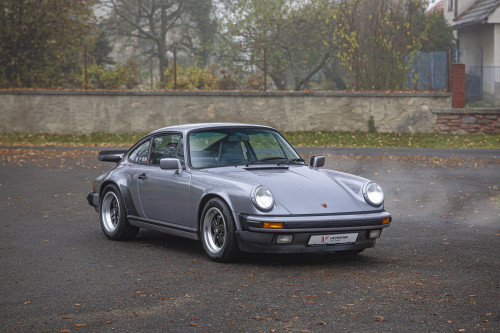The tiny Mini sedan can lay claim to being one of the most significant automobile design of the 20th Century. The simple design broke all the rules, what with its transverse-mounted, four-cylinder engine, front-wheel drive, transmission in the sump, a wheel at each corner, and suspension by simple rubber cones.
In one step, Issigonis had replaced every three-wheeled microcar, as well as every motorcycle and sidecar, with a real family sedan. It was a stroke of genius and led to his knighthood.
Minis were originally badged as Austin Se7en and Morris Mini Minor, but soon they were just known as Minis. Their charm was in basic functionality – pull-string door openers, “bucket” door pockets, sliding windows, a shelf instead of a dashboard and a single big speedometer with integrated gas gauge in the center. The rear license plate swung down so the car could be driven with the trunk lid open to handle larger objects.
The Mini everybody remembers, of course, is the Cooper. Race car builder John Cooper tweaked his first Mini in 1961. The pinnacle of the line was the Cooper “S” model, commonly fitted with 1071-cc and 1275-cc engines. Top speed was close to 100 mph and Works cars won the Monte Carlo Rally four times straight in the mid-1960s. The Mk II got twin gas tanks in 1967 and concealed door hinges in 1969. The name was retired after 1971, not to appear again until 1990.
This is a very rare example of Cooper S, version Mark III. There were so few that they used the Mk.II marking on the body, because it was not worth making Mk.III plaques. This is the last year of production of the original Cooper S.
It was imported from Italy in 2016, the previous owner in Italy owned the car since 1999. The problematic "wet" chassis (Hydrolastic) was redesigned to the classic "dry", ie without hydraulic balls. The chassis is now fully adjustable (the whole set of KYB chassis from Minisport). A new water pump, front pins and stabilizer mounting has been mounted.
The car comes with 2 sets of wheels (new set of tires) and has undregone a large classic service (fillings, spark plugs, valves).
Documents: CZ historic + IT regular (incl. unsubscribe possibility)
Condition: Minor cosmetic imperfections on the body (after an older renovation), mechanically absolutely fine
| Production date | 1971 |
|---|---|
| Body Type | Sedan |
| Engine | 1.275 ccm, 77 PS, I4 |
| transmission | Manual |
| Steering | Left Hand Drive |
|---|---|
| Layout | Front Wheel Drive |
| Color - exterior | Red / White roof |
| Color - interior | Black |
| Miles/Kilometers shown | 78.026 kms |
|---|---|
| Chassis / VIN | XAD1-265157A |
| Location - Country | Czech Rep. |
| Location - City | Hradec Kralove |
• 2-door sedan body type; • FWD (front-wheel drive), manual 4-speed gearbox; • gasoline (petrol) engine with displacement: 1275 cm3, advertised power: 56.7 kW / 76 hp / 77 PS (net), torque: 108 Nm; • characteristic dimensions: outside length: 3054 mm, width: 1410 mm, wheelbase: 2035 mm; • reference weights: base curb weight: 692 kg; • top speed: 156 km/h (97 mph) (declared by factory); • accelerations: 0-60 mph 10 s, 0-100 km/h 10.6 s (declared by factory)

Písek, CZ

Písek, CZ

Písek, CZ

Písek, CZ

Písek, CZ

Písek, CZ